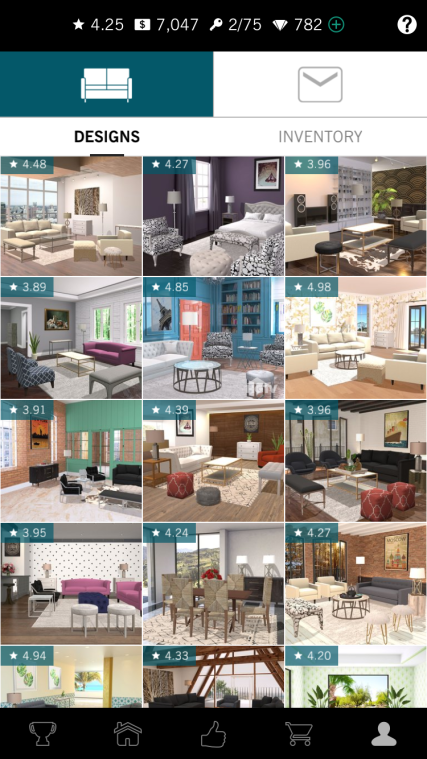Does your child struggle to get motivated when it’s time to tackle their homework? Try creating a place for them to call their own when it’s time to hunker down and do their assignments. This will help them work more efficiently by cutting out distractions and give them pride in their workspace. Plus, when it comes to DIY projects, this one is a total breeze!
Follow these six steps to help you create the perfect homework space for your kids.
1. Find a dedicated area.
Doing homework in the dining or living room is common, but your child will feel more focused and relaxed in a space that’s all their own. Find a dedicated space that’s away from the hustle and bustle that often happens in the dining room and living room. This will limit the distractions of TV, electronic devices and other various household activities.
Not to mention, children often prefer smaller, cozier spaces, so don’t stress about setting aside an entire room. If you have a quiet nook or an unused closet (minus the door, of course), that may be all they need! Just make sure it’s accessible, well-lit and cheery – unless their idea of a special space is a young wizard’s cupboard-under-the-stairs. Hey, it all worked out for Harry!
2. Make comfort a priority.
Your child will work better – and feel better – if their desk and chair are comfortable and encourage proper posture. An adjustable chair and desk will ensure they’re at ease while they work on their assignments and help keep them focused.
Keep in mind, a chair is the right height if your child’s knees are bent at 90 degrees. In most cases, the surface of the table should be about 8” above their seat level, but feel free to adjust it for their comfort. If their chair is too high, have them put their feet on a footstool or stack of books. They’ll grow into it (and thank you for it!)
3. Include your kids in your planning.
Keep your kids involved in the planning and organizing of their workspace. If they help create their space, they’ll feel a sense of pride and want to keep it organized. Let them pick their favorite colors for their supplies and hang their favorite art projects to spruce up their area.
If their workspace feels special to them, they’ll use it more often and be more efficient when they do.
4. Sort their supplies.
To save space, make sure there’s a hook where your child can store their backpack. This will keep their area neat and help them avoid spending half their time looking for their misplaced bag. Place shelves, decorative boxes and colorful jars around the area to store their school supplies and liven up their space.
You can also try hanging a calendar above their desk to keep them motivated to meet their goals and deadlines. This will help your child learn to take ownership over their work and keep their desk free of clutter. Who knows, they may just carry these skills into other parts of the house. Anything’s possible!
5. Avoid distractions.
It’s great if your kids want to use their workspace to draw or be creative, but try to cut down on other distractions like video games and electronic devices. While their workspace should be inviting and fun, interruptions should be limited.
However, this can be the perfect spot for them to play educational games and activities. It doesn’t have to be completely dedicated to homework. They are kids, after all!
6. Make it a shared space.
If you have more than one child, consider making the area a shared homework space. Some children work better in groups. Just make sure everyone has enough room to work and is respectful of each other’s space. Another option is to set up a schedule so only one child is using the space at a time. This is better for kids who prefer silence when focusing on their schoolwork.
Following these steps will help you create an awesome space for your kids to do their homework, and help them stay on track throughout the entire year!





























